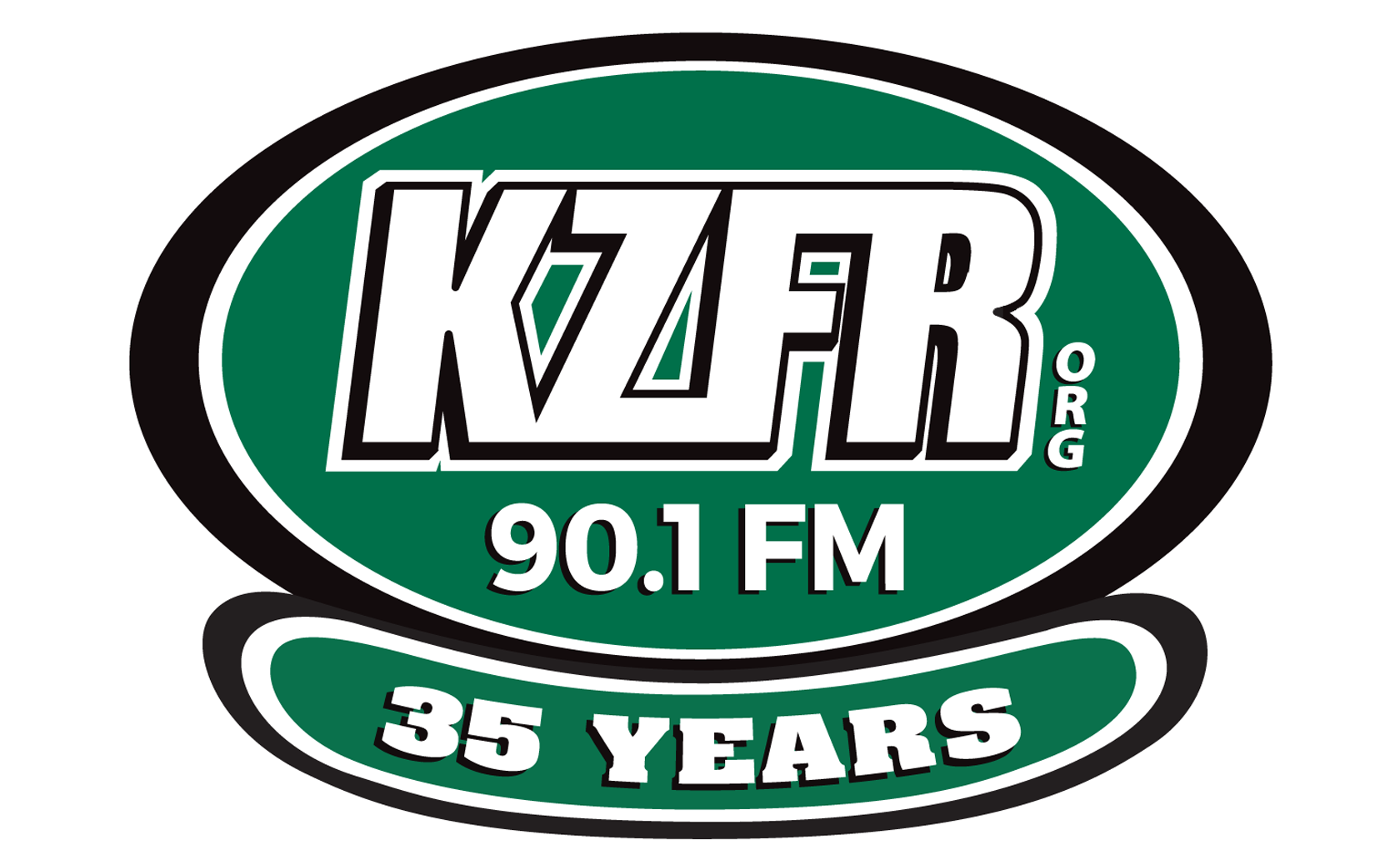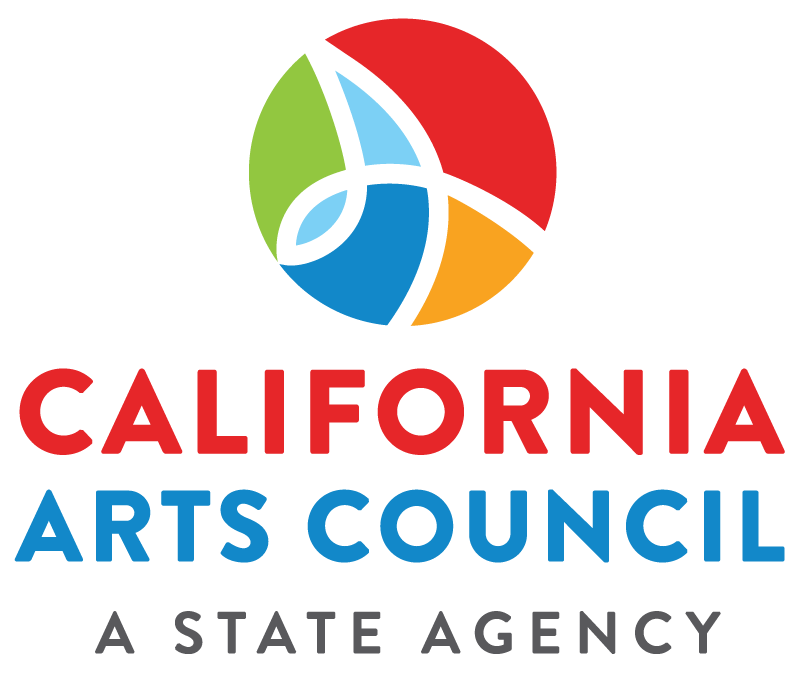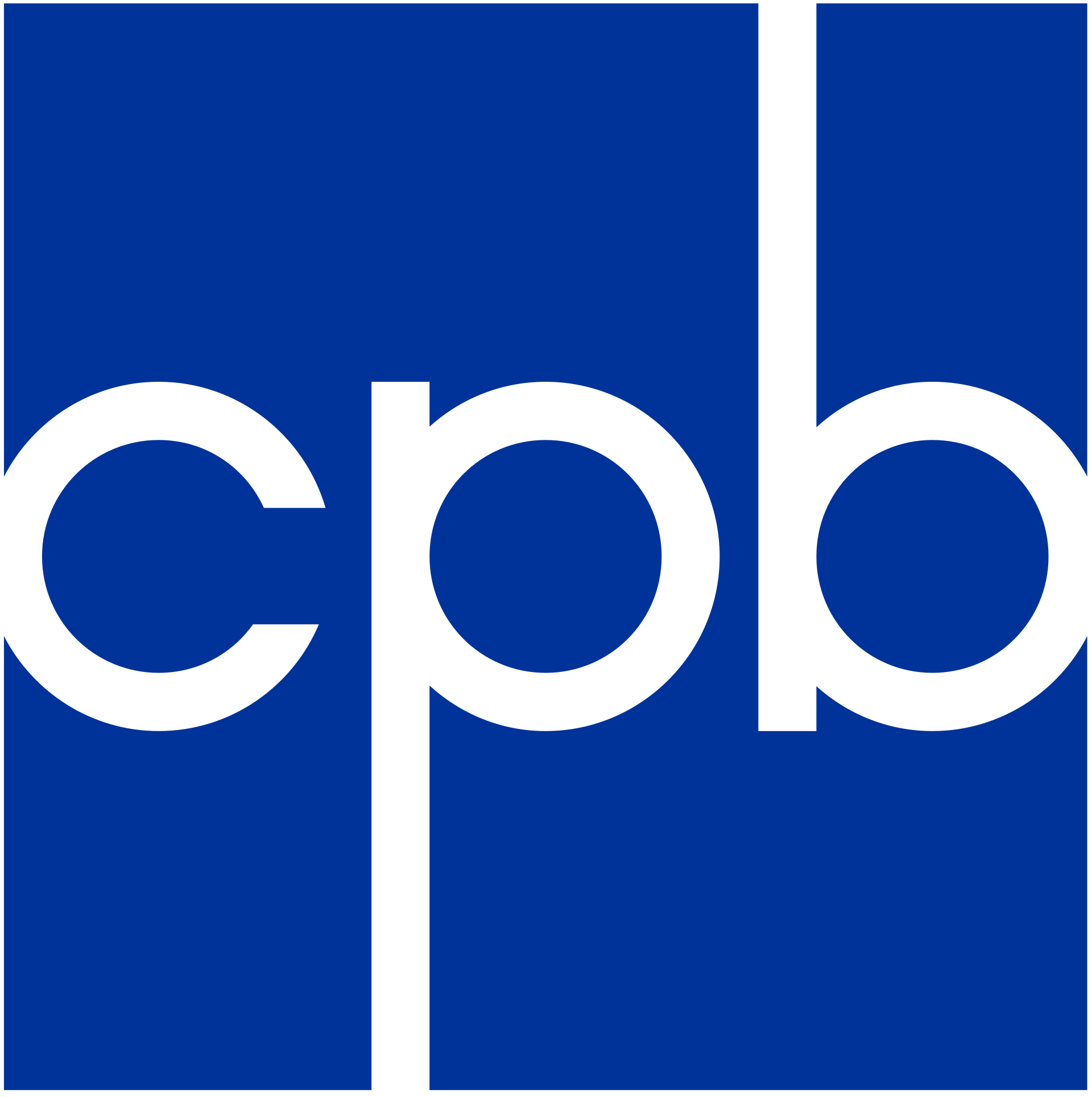Today on American Pastimes we commemorate the silver anniversary of the recording of “Mr. Tambourine Man” and the birth (sort of!) of Folk-Rock.
It was fifty years ago this month a recording session took place that would introduce the radio listening, record buying public to folk rock. But nothing happens in a vacuum and there is ample evidence of other musicians electrifying folk songs and adding a rock rhythm and back beat to down-home and folk-style music prior to January 1965 when the Byrds radio hit was recorded. Of all the musicians who were experimenting and moving in a similar direction it was the Byrds who were uniquely placed to take the new music to the broader public. Their leader Jim McGuinn was a veteran of the folk circuit and the commercial music industry. He had the most experience in the commercial music industry as an accompanist and as an arranger for popular acts Chad Mitchell, Bobby Darin and Judy Collins. After being inspired by the Beatles his knowledge of the industry led him away from New York to Los Angeles seeking greater opportunity for commercial success. In LA he hooked up with Gene Clark and the two performed as an acoustic duo at open mic nights while they talked about being able to afford electric instruments and forming a band. One evening at the Troubadour they were singing in the lobby and David Crosby joined in. Crosby already had a reputation of being as mercurial and outspoken as he was talented. Despite his prickly personality, his pitch perfect harmonies and his friendship with producer-engineer Jim Dickson of World Pacific Records made it difficult for McGuinn to send him on his way and not expand into a trio. Dickson had already recorded Crosby on a number of occasions and he now opened the studio to the new trio for rehearsals and hooked them up with another musician he knew and had recorded. Chris Hillman was a good-looking bluegrass mandolin player with The Hillmen. Dickson, fully aware of Hillman’s musical abilities and the role that photogenic appearances can have in commercial success suggested that he play bass for the band. Then the boys had to find a drummer and Crosby remembered a conga player he first met in Big Sur named Michael Clarke.
Dickson had experience recording every possible genre of music - from folk and bluegrass to jazz. He became their manager. He rehearsed them in World Pacific Studios and found a wealthy investor to purchase for them a drum set and electric instruments and provided them with acetates of demos from other songwriters, especially Bob Dylan. Dickson was somewhat obsessed with Dylan and attempted to get all of his recording musicians to explore Dylan’s catalogue of un-issued recordings. His bluegrass bands The Hillmen and The Dillards both recorded Dylan songs. The Hillmen (featuring Chris Hillman and Vern & Rex Gosdin) recorded two songs even though they felt no affinity whatsoever for Dylan’s lyrics. The Dillards however wanted to break out of their bluegrass traditions and constraints and welcomed the new music. He produced an album by folk singer Hamiliton Camp that contained seven Dylan compositions and Dickson even had cabaret artist Eartha Kitt record Dylan’s “Oxford Town.”
In late 1964 Dickson got a hold of an acetate outtake from a Dylan recording session for the LP “Another Side of Bob Dylan.” The song didn’t make it to the final album with good reason. “Mr. Tambourine” was supposed to have been performed as a duet with Ramblin’ Jack Elliot but because Jack didn’t know all the lyrics his accompaniment was limited to a hesitantly performed chorus. Dylan had written the song in early 1964 while traveling across the United States typing out lyrics in the backseat of a moving car. It and the other composition to come out of his road trip, “Chimes of Freedom,” were expressions of personal freedom and liberation. One liberation he was quite likely contemplating was a freedom from the limitations of folk music; he too had been inspired to add multiple non-traditional instruments to his arrangements. The emblematic title of “Mr. Tambourine Man” was inspired by Bruce Langhorne. Langhorne was one of New York’s ace session musicians, a guitarist of great skill who also played a mean tambourine. His work can be heard on hundreds of records made in NYC in the 1960’s. Wrote Dylan: “On one session….he [Langhorne] had this gigantic tambourine [that was actually a Turkish frame drum]. It was like, really big. It was as big as a wagon wheel. He was playing and this vision of him playing this tambourine just stuck in my mind.”
Dylan first recorded the song on the piano (released on Bootleg Series Vol. #9). His second recording of it was with Ramblin’ Jack (Bootleg Series #7) in June 1964, and he also rolled it out in his 1964 concert performances as well (Bootleg Series #6).
Dickson recognized the quality of the lyrics and immediately tried to talk Clarence White into recording it with his bluegrass band The Kentucky Colonels. White declined (and the irony here is that White would eventually join The Byrds and end up performing the song over and over at every Byrd’s show for 4 years.) Then Dickson offered the song to The Byrds but it was met with great resistance as well. McGuinn wasn’t a big fan of Dylan - seeing him as just an imitator of Woody Guthrie. Crosby couldn’t get past Bob’s voice. Gene Clark was a songwriter and wasn’t thrilled to have his compositions ignored for the sake of someone else’s. McGuinn told journalist Richie Unterberger “we would’ve gone in that [folk-rock] direction [without it]. We would’ve done “Turn, Turn, Turn” and “Bells of Rhymney” and other songs that we knew as folk songs [but] we didn’t know that song.” Dickson pushed hard to get them to try it. At first Gene Clark sang lead but gave it up to McGuinn. Dean Webb from the Dillards showed up at the studio and taught them bluegrass harmonies which they added to the mix. Dickson next invited Dylan and his friends to the studio and had the band perform the song and after hanging out together they developed some new enthusiasm for the piece. Dylan also developed renewed enthusiasm for it himself since he immediately returned to the studio to record another version (with Bruce Langhorne on electric guitar) for his next album “Bringing It All Back Home” which was released two months later.
One evening McGuinn, Clark and Crosby were over at a promoter’s house where they sang along to a tape of their music. The next day the promoter had jazz star Miles Davis over for breakfast and the promoter’s teenage daughter gushed about the band. Davis called an A&R guy at his record company Columbia. Tapes were requested and Columbia offered Dickson’s charges a contract to record five songs at Columbia’s studio with the caveat that if one turned out to be a viable single release then the band would get a five-year recording deal. The contract was only offered to McGuinn, Clark and Crosby, the singers on the tape. In January they went into Columbia’s studios to record but their efforts to get a finished product out of “Mr. Tambourine Man” came up short. The voice tracks worked well and McGuinn’s studio experience and his Rickenbacker guitar ability were obvious. The rhythm section however was not up to the standards of Columbia’s producer Terry Melcher. Columbia had no real experience with rock music and Melcher was a young hip guy but the only reason he had a job at Columbia was because his mom was Doris Day - Columbia’s best selling artist. But he might have been correct in his assessment: Michael Clarke’s drumming on early demos was more marching band than rock and Chris Hillman had only been playing electric bass for a few months. Melcher insisted that Clarke and Hillman sit it out and let the pros perform. Top tier studio musicians like Glen Campbell and jazz great Barney Kessel came and went as take after take unfolded. The final sessions featured the “Wrecking Crew:” Jerry Cole (guitar) providing accents, Leon Russell (electric piano), Larry Knechtel (bass) and Hal Blaine (drums) holding down the rhythm on the finished product. For his part Hillman is somewhat ambivalent about the use of experienced studio musicians: “Sometimes I wonder, would it have been interesting for us to have cut a version? It might have taken away a bit of that slick pop sound….I probably could have pulled it off playing next to Blaine…but not as well as Larry Knechtel.” He ultimately defends the decision. The band had no leverage. They had to produce a quality single in order to have a future at Columbia and he thinks that the finished product was done well. He also knew at the time that he would be playing on all the other songs that they were going to record; in fact, the same day that Cole and company hammered out “Mr. Tambourine Man” the entire band had recorded Gene Clark’s “I Knew I’d Want You” for the B-side of the single. And it’s difficult to hear a real qualitative difference between the two numbers.
Once the single was in the can and being prepped by Columbia for marketing Dickson hooked the band up with places to play. They appeared in the studio behind Hamilton Camp on Dylan’s “The Times They are A- Changin’” and also behind pop songstress Jackie De Shannon on her sexually suggestive, groundbreaking hit “Splendor in the Grass.” He got them booked at Ciro’s on the Sunset Strip - ground zero for youth culture in L.A. They became the house band there and within weeks they were packing the place and then blowing the roof off with their loud, rhythmic mix of Gene Clark originals, traditional songs, and covers of rock ‘n roll and r & b classics. In March they were back in the studio recording the remaining tracks for their album and when the single was released in May 1965 they went on the road and appeared on television. In late June the album entitled “Mr. Tambourine Man” was released and ascended the pop music chart. Its influence was immediate. Many bands emulated the sound - either voluntarily or by order of their record labels, and even the next Beatles album “Rubber Soul” was Byrds-like in tone and character.
So out of the tension between progress and nostalgia (rock and folk) and the exigence of art for commerce (music for record sales) - folk rock evolved as a new leafy but deciduous branch on the tree of popular music. And forgive the obvious metaphor, but there perched the Byrds - talented musicians in the right place at the right time taking the right advice.
On American Pastimes: World Pacific Records recordings by Glen Campbell, pre-Byrds Jim McGuinn and David Crosby, The Hillmen, The Dillards and Hamilton Camp. Also, Jackie De Shannon’s “Splendor in the Grass.” Bob Dylan with Ramblin’ Jack Elliot on “Mr. Tambourine Man.” The Byrds “Mr. Tambourine Man” (an early acoustic version and an early electric version), and the Wrecking Crew’s studio takes and the final single release and the B-side, “I Knew I’d Want You.” Also, a live rockin’ version of “Mr. Tambourine Man” from 1991 with Dylan singing along with McGuinn, Crosby and Hillman.
Dylan & Elliot link: http://www.daysofthecrazy-wild.com/audio-outtakes-from-bob-dylans-another-side-of-bob-dylan-session-denise-mr-tambourine-man-more/








